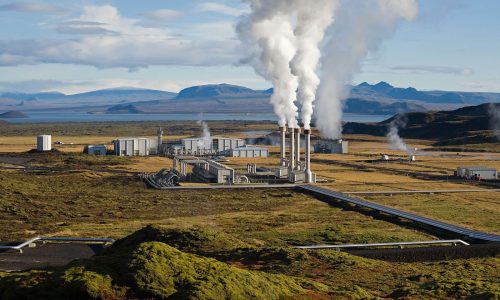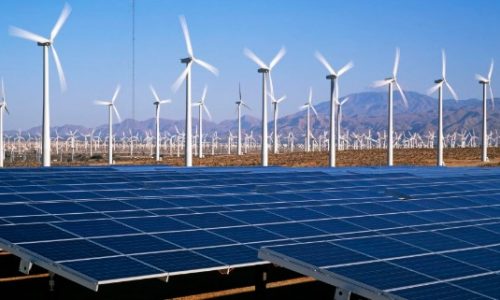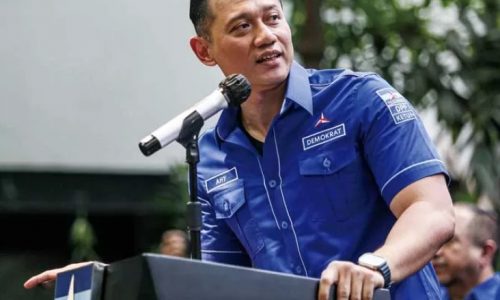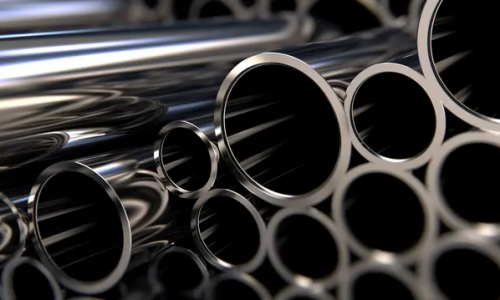PT Pupuk Kaltim is planning to construct a green ammonia production facility with an investment value of US$ 4 billion (IDR 60.2 trillion) and a production capacity of 1 million tons per year.
Pupuk Kaltim has signed a Memorandum of Understanding (MoU) with companies from Denmark, Copenhagen Atomics, Topsoe, Aalborg CSP, and a Swedish company, Alfa Laval in May 2023.
Rahmad Pribadi, President Director of Pupuk Kaltim, said that currently the use of clean ammonia as an energy source is still limited. However, the company estimates that demand will continue to grow.
“Our estimate is that from 2020 to 2050, [demand for clean ammonia] will grow by 350%,” said Pribadi, on June 20, 2023.
Use of gray ammonia remain high
Currently, the use of gray ammonia remains high, with some being converted into blue ammonia.
Ammonia is a low-carbon energy source, used as raw material for urea fertilizer and supporting materials for textiles, mining and pharmaceuticals.
Nowadays, along with the advancement of technology, several types of ammonia production have been developed as an alternative for environmentally friendly fuels. These types of ammonia includes gray ammonia, brown ammonia, blue ammonia, green ammonia, clean ammonia.
Gray ammonia is produced from hydrocarbon raw materials, without taking any action to capture carbon pollution.
Brown ammonia is produced using the Haber-Bosch method, which is a process using high pressure to produce ammonia.
Blue ammonia is produced using the conversion process of gray ammonia using blue hydrogen, which is obtained from fossil energy sources, natural gas or coal, combined with carbon capture technology to store carbon pollution.
Green ammonia is produced using green hydrogen, which is obtained through the electrolysis of water using renewable energy. Also, its production does not produce carbon emissions as a byproduct.
Furthermore, the company is currently carrying out a green transformation of the natural gas-based petrochemical industry in Indonesia.









